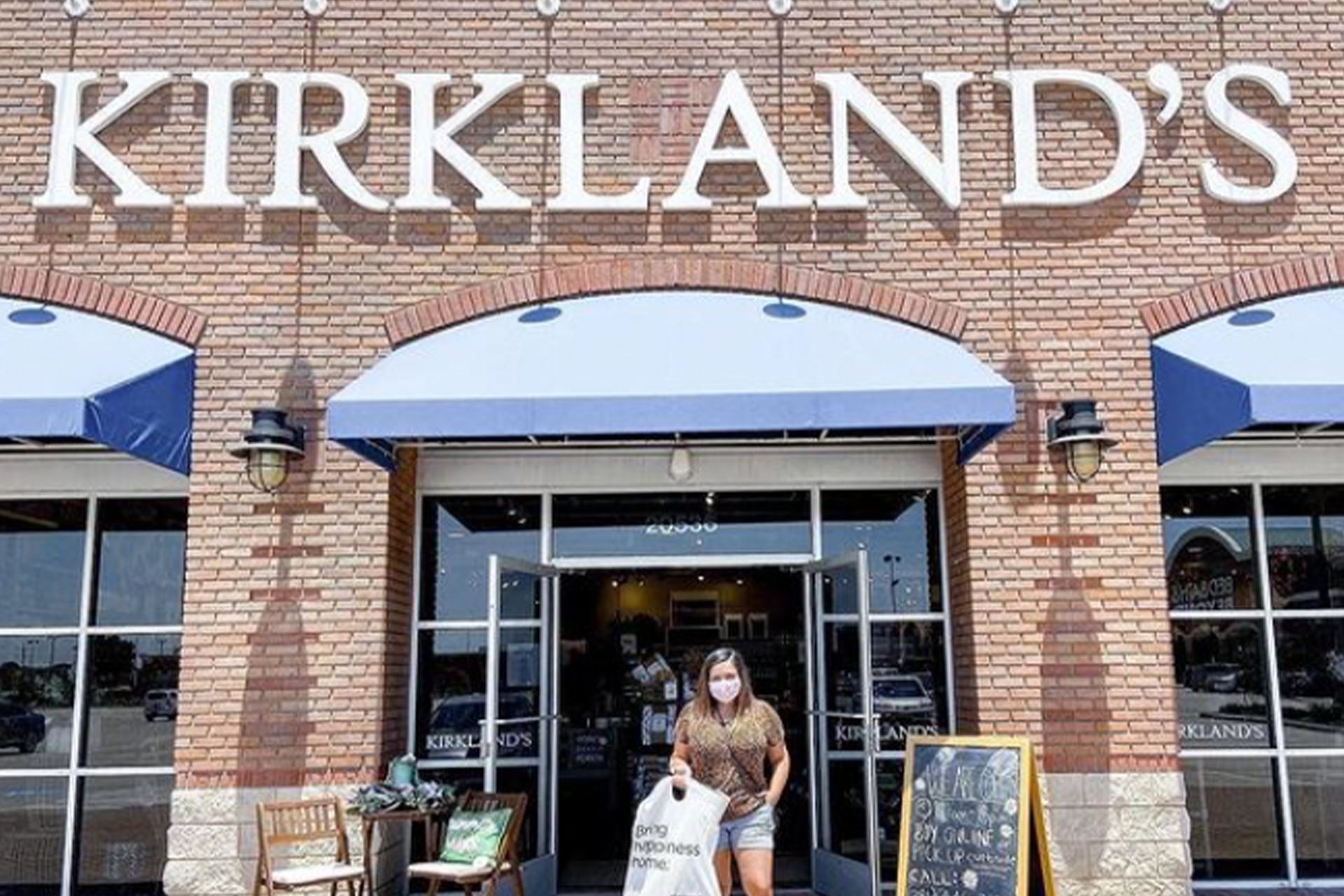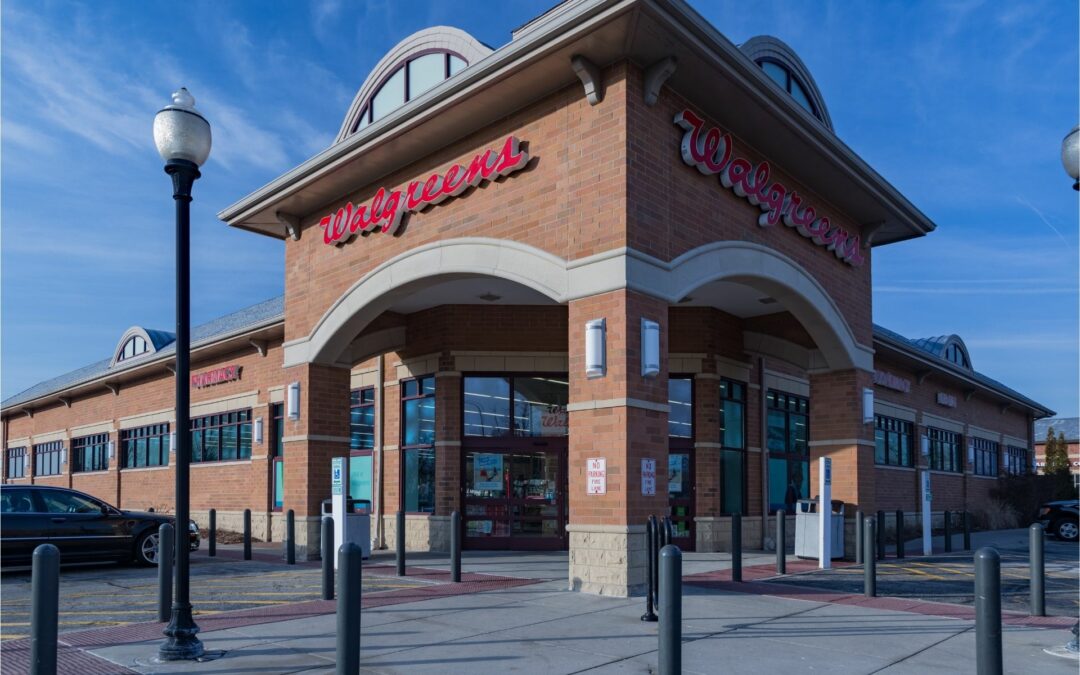Kirkland’s, in posting a third-quarter loss, maintained it was getting better positioned for future gains.
Kirkland’s posted a loss of $7.3 million, or 58 cents per diluted share, versus net income of $7.2 million, or 51 cents per diluted share, in the year-earlier quarter, the company reported. Adjusted for one-time events, net loss was $4.8 million, or 38 cents per diluted share, versus adjusted net income of $7.3 million, or 51 per diluted share, in the year-before period quarter.
Kirkland’s missed published analyst consensus estimates that anticipated an adjusted diluted loss per share of 32 cents and a sales estimate of $134.3 million.
Net sales were $131 million versus $143.6 million in the prior-year quarter as comparable sales decreased 7%, including an 8.6% decline in e-commerce sales. A decline in traffic and conversion were primary drivers of the decrease, partially offset by an increase in average ticket.
Operating loss was $6.7 million versus operating income of $9 million in the year-previous period. The decrease primarily resulted from a decline in gross profit and the deleverage of fixed operating costs.
In a conference call transcript published by Reuters, Steve Woodward, president and CEO of Kirkland’s Home, said the furniture and textile categories performed well in the third quarter, while most other categories performed in line with internal expectations. Woodward said the company is pacing the marketing and economy in maintaining a promotional strategy for the holiday season. As it goes forward, the company plans to invest in stores to ensure proper coverage during peak hours and make operational and technical improvements in its online platform.
In announcing the financial results, Woodward said, “In the third quarter, we made progress re-engaging with our customers and reported results in line with our internal expectations. We experienced an encouraging rebound in sales through August and our Labor Day promotional event, but we believe persistent macroeconomic pressures hampered our customers during the Harvest selling season, resulting in softer sales for the back half of the quarter. Although the consumer environment was volatile, we continued to execute initiatives within our control to improve our liquidity position and enhance our overall margin profile.”
As Kirkland’s has proceeded into the fourth quarter, Woodward said, sales trends have strengthened “as customers have responded favorably to our holiday merchandise offering. We expect the environment to remain promotional for the balance of the quarter as we rationalize our inventories for 2023. We’ve made good initial progress reducing inventories, and we have already made a substantial reduction in our borrowings.”
Woodware added that challenges in the supply chain have moderated and freight rates have decreased, which should help Kirkland’s’ 2023 merchandise margins as the company works through excess inventory.
“Overall, we believe fiscal 2023 will be a year of stabilization for our organization. We are well on track to hit our targets of meaningfully paying down our credit line and reducing our inventories, which should provide us a healthier balance sheet as we move into next year. While the broader consumer environment is difficult to predict, we are focused on stabilizing our store comps, increasing e-commerce sales and maintaining strict cost-control measures to improve the overall profitability of our platform. This will allow us to further invest in future sales growth initiatives. We believe there is immense value to still be unlocked from Kirkland’s Home, and we look forward to delivering long-term value for our shareholders,” Woodward said.





